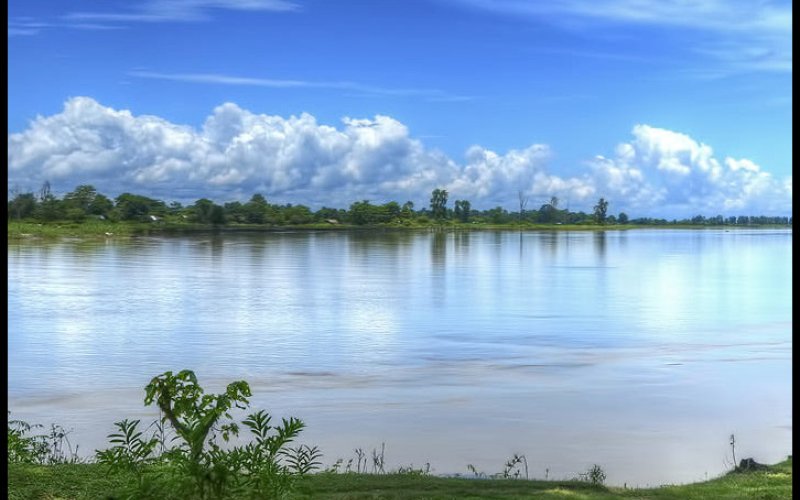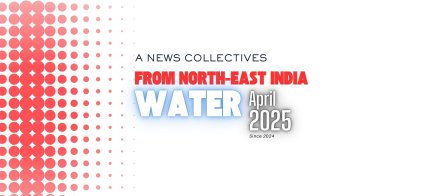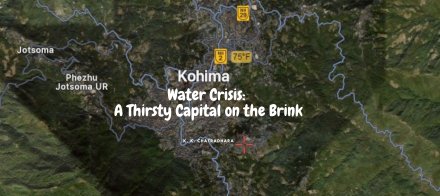This newsletter is a monthly publication of the North East India Water Talks (NEIWT). We cover all aspects of water, including reports, paper clips, research papers, incidents, and activities done by different actors, such as government institutions, non-governmental organizations, etc.
This newsletter is a monthly publication of the North East India Water Talks (NEIWT). We cover all aspects of water, including reports, paper clips, research papers, incidents, and activities done by different actors, such as government institutions, non-governmental organizations, etc.
This month, the monthly publication of the North East India Water Talks (NEIWT) "The Water News Collectives" is dedicated to looking into the Annual Ground Water Quality Report for 2024, released on December 31, 2024, by Union Minister of Jal Shakti, Shri CR Patil, from a Northeastern states' lens.
This newsletter (August 2024) is a monthly publication of the North East India Water Talks (NEIWT). We cover all aspects of water, including reports, paper clips, research papers, incidents, and activities done by different actors, such as government institutions, non-governmental organizations, etc.
The March 2025 North East India Water Talk reports progress in rural tap water coverage, with Arunachal achieving 100% and Assam surpassing 75%. Tripura and Meghalaya are close behind. However, water scarcity, pollution in Umiam Lake, and Loktak Lake’s decline pose major concerns.
North Lakhimpur's inefficient drainage system pollutes fresh water, harming the ecosystem and residents. The solution lies in a sustainable drainage system and sewage treatment plant, community-driven action. Citizen engagement, student education, and ecological engineering are key, alongside solid waste management.
I am always fascinated about water bodies and how they affect our day-to-day activities. So, I was very lucky to get a wonderful opportunity to work as a fellow in Arunachal Pradesh under the Northeast Water Talk Initiative Supported by NEADS as a part of my Water Fellowship work,
To understand how climate change has affected the farmers of Assam, one should go to these villages. The Department of Agricultural Horticulture has to move us forward by using different strategies. Otherwise, farmers who are affected by climate change will not be able to survive.
The Almighty embellished the world with utter amazement. Hills, plains, rivers, streams, forests, grasslands, etc, care nature's beauty queen. A novel scene of nature is the beautiful flowing rivers. Splitting, the heart of Dehing Patkal hills, travelling to different cities and villages,











